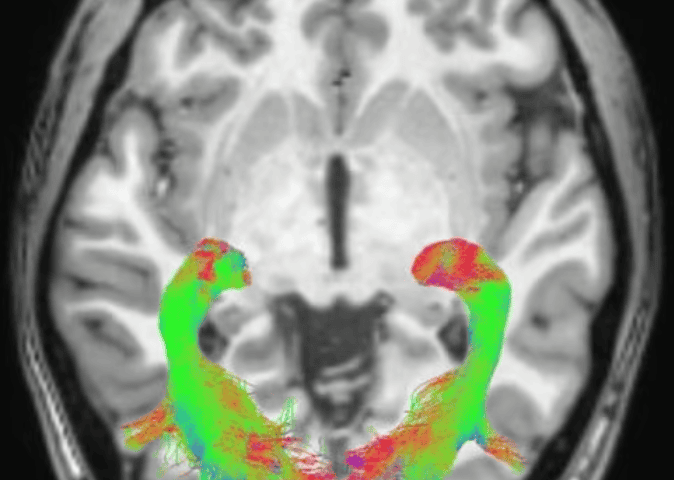Gain Therapeutics’ phase 1 drug for Parkinson’s disease associated with a common gene mutation appears to restore motor function in mice, even after a delay between symptom onset and treatment, new data from the company have shown.
In a poster (PDF) released Feb. 5 and displayed at the WORLDSymposium conference in San Diego—an annual convention of researchers who study lysosomal diseases—the company showed that its oral small molecule GT-02287 was capable of restoring motor function in mouse models of GBA1 Parkinson’s to nearly the levels of healthy controls. The results are a positive sign for Gain’s phase 1 trial of the drug, for which the first patients were dosed back in October.
“Current treatments for Parkinson’s don’t do anything to halt or slow the progression of the disease—they might relieve the symptoms for a while, but there’s a really big need for disease-modifying therapies,” Joanne Taylor, Ph.D., senior vice president of research at Gain and one of the study’s authors, told Fierce Biotech Research in an interview. “We believe that the preclinical data that we have on this compound suggest that this could be a disease-modifying therapy.”
Parkinson’s disease is defined by the progressive destruction of neurons that produce the neurotransmitter dopamine. This largely affects the parts of the brain that control movement, producing hallmark symptoms like tremors, rigid limbs and a loss of muscle coordination.
It’s not clear exactly what causes Parkinson’s, but scientists think it probably stems from a combination of genes and factors within the environment. This interaction—along with other factors intrinsic to the aging brain—leads to the buildup of toxic proteins in the brain such as alpha-synuclein, which damage neurons in a way that’s similar to the effects of beta-amyloid plaques in Alzheimer’s disease patients.
While there are no FDA approved drugs that treat the underlying etiology of Parkinson’s, rather than just the symptoms, most up-and-coming contenders in the space focus on eliminating alpha-synuclein or disrupting other molecular pathways that contribute to the disease. Gain’s therapy aims to restore the function of the enzyme glucocerebrosidase, or GCase, which is defective in people who have a mutation in the GBA1 gene that encodes it.
GBA1 mutations are considered one of the most common genetic risk factors for Parkinson’s and, by rendering GCase dysfunctional, are thought to contribute to the buildup of alpha-synuclein proteins.
The new results look at both GT-02287’s overall effect symptoms associated with GBA1 Parkinson’s and at how latency between disease onset and treatment affects its performance. Mice were given agents that induced Parkinson’s-like pathologies in their brains. Either four or eight days later, depending on the cohort, the researchers began giving them once-daily doses of GT-02287.
The mice that started receiving the treatment four days after the disease was induced had motor skills that were nearly on par with healthy controls by Day 14. The ones that started the treatment eight days later took longer to improve; they regained about 80% of the controls’ motor strength by the two-week mark, Taylor said. But the delayed group kept improving, she added—and was indistinguishable from controls by Day 27.
“This suggests to us that as we keep on treating, the animals get even better,” Taylor said. “It’s not just that we’re slowing the motor deficit—we’re actually to some extent reversing it.”
Gain isn’t the only biotech targeting GCase for Parkinson’s: In May 2023, Portuguese pharma Bial launched a phase 2 trial of a Parkinson’s drug that activates the enzyme. However, according to Taylor, Gain’s therapy works differently from other GCase activators in that it actually helps the enzyme get to the right place in the cell—the lysosome, where it performs its function.
“If GCase isn’t in the lysosome, the lysosome doesn’t work properly, because you get a buildup of lipids and alpha-synuclein,” Taylor explained. The neuroinflammation, cell death and loss of dopamine that ultimately result in Parkinson’s “are all downstream effects of having a dysfunctional GCase that can’t make it to the lysosome.”
Analysis on the treated mice showed that the drug was indeed getting GCase into the lysosome, she said. Mouse models of Parkinson’s have abnormally high levels of the lipids that GCase is supposed to break down. These lipids were reduced in the mice that received the treatment, as were levels of another emerging marker, neurofilament light chain.
“We think we’re acting right at the top of the cascade here, and we are not aware of any other compound that has been able to show effects on all of these different aspects of the disease cascade,” she said.

